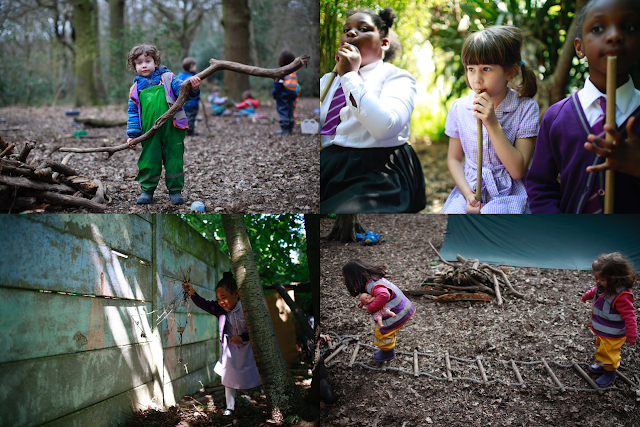 |
| Claire Nouvian with her book: The Deep: The Extraordinary Creatures of the Abyss/Courtesy of Goldman Environmental Prize |
This
is a story I wrote for New Internationalist on how an encounter with strange
creatures of the abyss tuned a French filmmaker into a passionate guardian of
the deep and an untiring campaigner. Against all odds, Claire Nouvian managed
to convince France to ban deep-sea bottom trawling, a devastating fishing
method, which annihilates everything in its path. In 2016, the entire EU banned the practice.
This was an amazing victory for Nouvian and her small environmental NGO Bloom.
She had hoped to catch
her breath after the long campaign, but then another destructive fishing
practice caught her attention: electric ‘pulse’ fishing. “It’s the same story,
but with a different destructive practice...”
Here is the story of her
fight:
A
glimpse into an unknown world alive with mysterious and strange creatures turned
Claire Nouvian into a formidable defender of the deep sea – one who survives on
little sleep - armed with passion, hard facts and a steely determination.
In
2001, Nouvian, 44, a French wildlife
filmmaker and journalist, who grew up in Algiers, Paris and Hong Kong and speaks
six languages, was filming a documentary at the Monterey Bay Aquarium in
California. “I discovered deep sea creatures – extraordinary creatures I
couldn’t have imagined, like giant jellies, dragonfish and vampire squid,” says
Nouvian, who has recently won the 2018
Goldman Environmental Prize for ending deep-sea bottom trawling in Europe.
The deep ocean is the largest habitat on earth
and home to some of the oldest living creatures on the planet, such as
4000-year old corals. But this huge diversity is being destroyed by deep-sea
bottom trawlers – boats, which tow a heavily-weighted net that is dragged
multiple times over the seafloor. “It is one of the most destructive forms of
fishing, which annihilates everything in its path. The fishing industry practices
a boom and bust model: they go
somewhere new and take everything there, then move on to the next fish stock.
It’s serial depletion. They are roving bandits,” says Nouvian, still visibly
upset.
Determined to challenge
this, Nouvian founded the NGO Bloom in 2005. “I was naïve. I thought that if we
could tell the world that the deep sea is full of life and is being destroyed,
it would stop.” So she put together a book and an exhibition describing the
wonders and fragility of the deep sea. Both received a lot of media attention,
but it was not enough. “I
understood the need to take it to a political level.”
In
2008, as the EU was preparing reforms of its deep-sea fishing laws, the young
activist saw her chance to influence policy at both the French and EU levels. In
Europe, the main deep-sea fleet was French and belonged to supermarket chain
Intermarché. “A EU campaign could only succeed if we could change
the French position. But in France, fishermen were heroes and the public didn’t
care about protecting the ocean. So Nouvian and her Bloom colleagues launched a
sustained campaign, addressing the issue from all fronts. They worked with
scientists to publish fact-based reports and launched a public consumer
campaign that ranked French supermarkets according to their fishing practices -
Intermarché came last. This was followed by a media blitz, with giant anti-trawling
posters in front of Paris’ gare du
Nord (from where politicians boarded trains to Brussels), newspapers ads, press
statements and social media drives. They also visited schools, organised
demonstrations, and collected 900,000 signatures for an anti-trawling petition,
with the help of a brilliant cartoon based on Nouvian’s TEDx talk, which went
viral.
The
relentless campaigning paid off: in January 2014, Intermarché announced that it
would no longer fish below 2,600 feet (800 meters) and would phase out the sale
of deep-sea fish by 2025.
A
year later, France - in response to overwhelming public pressure - finally
agreed to a ban on deep-sea bottom trawling below 2,600 feet (800 meters). In
2016, all EU member states followed suit.
It was a huge victory, but
it took a toll on the small team. “We were dead tired, completely toasted. It
was a very violent fight. I was not a big NGO, so the fishing industry assumed
I would let go if they put enough pressure. They tried to discredit and smear me.
I got death treats and intimidation. It was constant.”
She adds with a grin: “It was not pleasant, but the more I get
threats, the more I think that I am doing the right thing!” And after a short pause, she continues: “I am blessed to be in Europe because in
other countries, I’d be blown up by now.”
Nouvian had hoped to catch
her breath after the long campaign, but then another destructive fishing
practice caught her attention: electric ‘pulse’ fishing. “It’s the same story,
but with a different destructive practice,” and this time, the Netherlands is
the main culprit.
So, with Bloom,
Nouvian is now campaigning for a full EU-wide ban on electric
fishing, which she describes as “putting a Taser in water, electrocuting marine
life and destroying ecosystems”. She also wants to end harmful fisheries subsidies at the
international level as they encourage overfishing and destructive fishing
practices around the world.
“It’s an
on-going fight. But it’s a privilege of living in a democracy to be able to
open our mouths, so we need to do it. We will not let go.”








